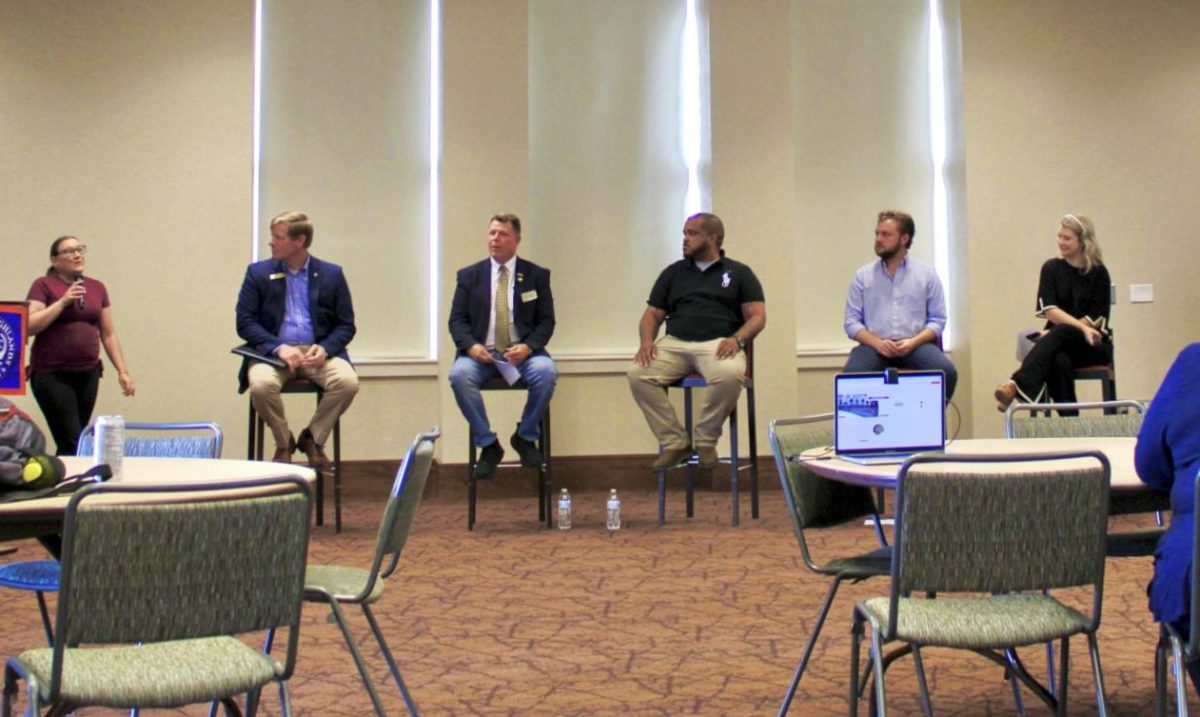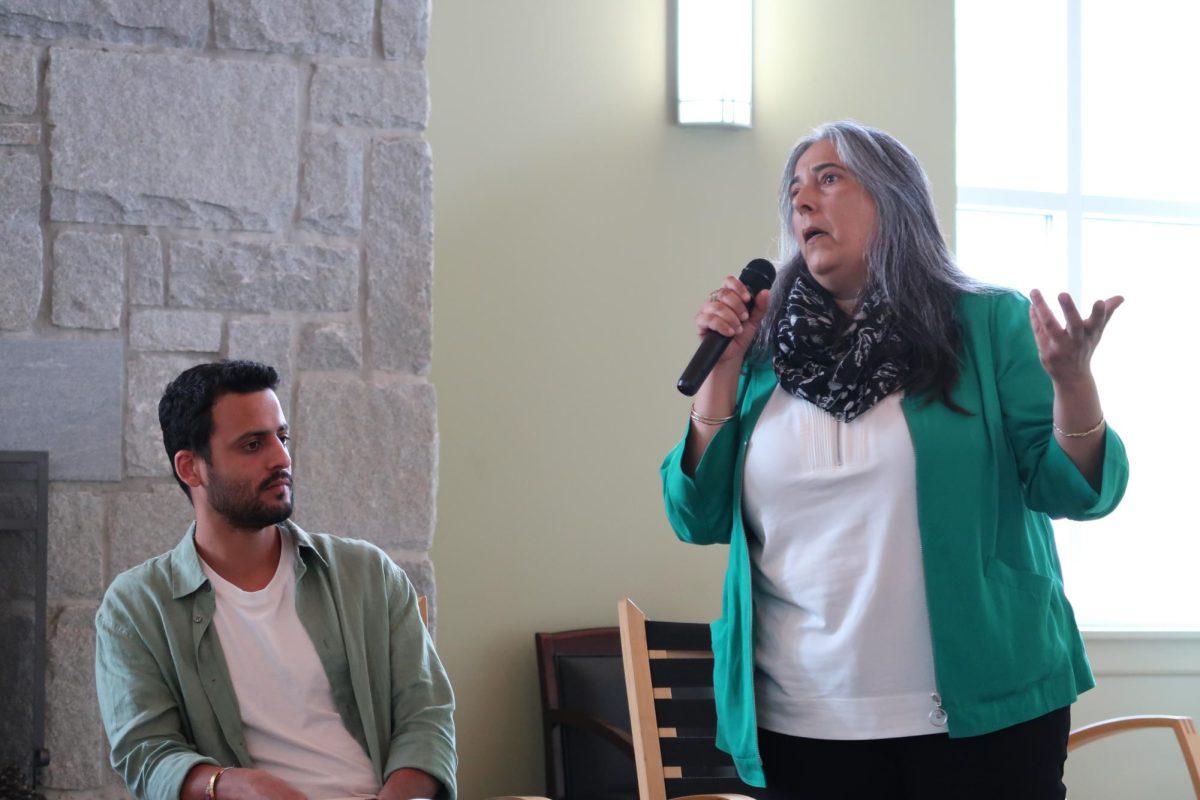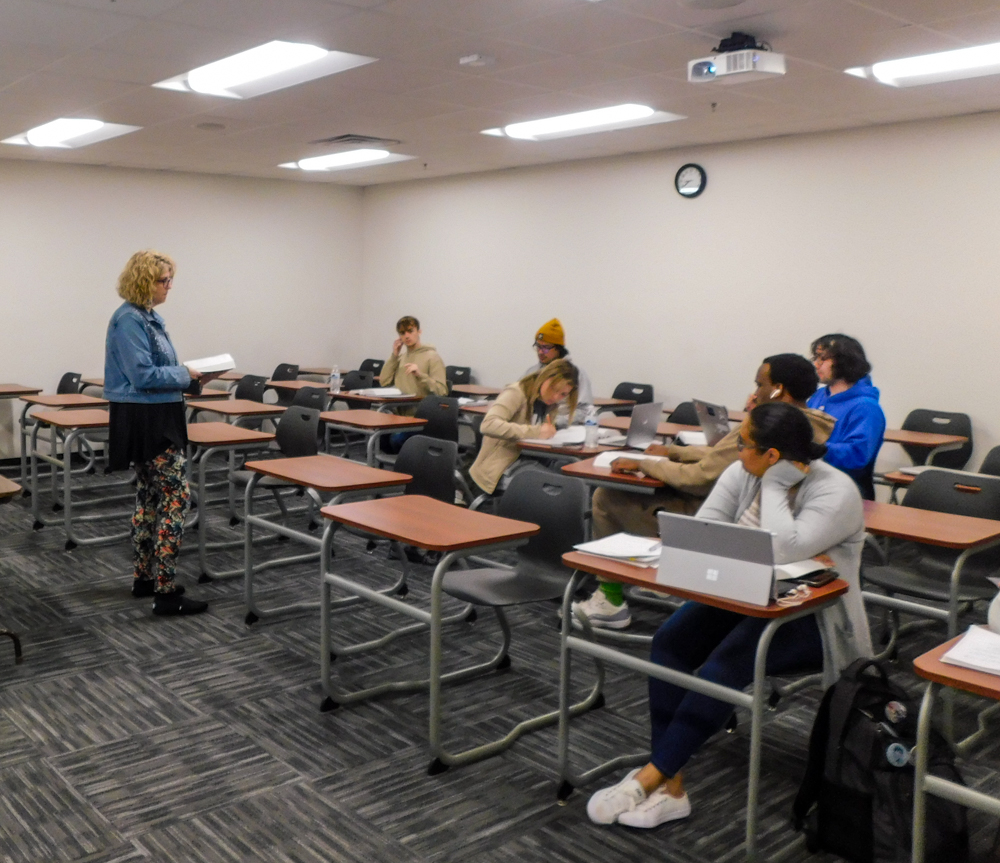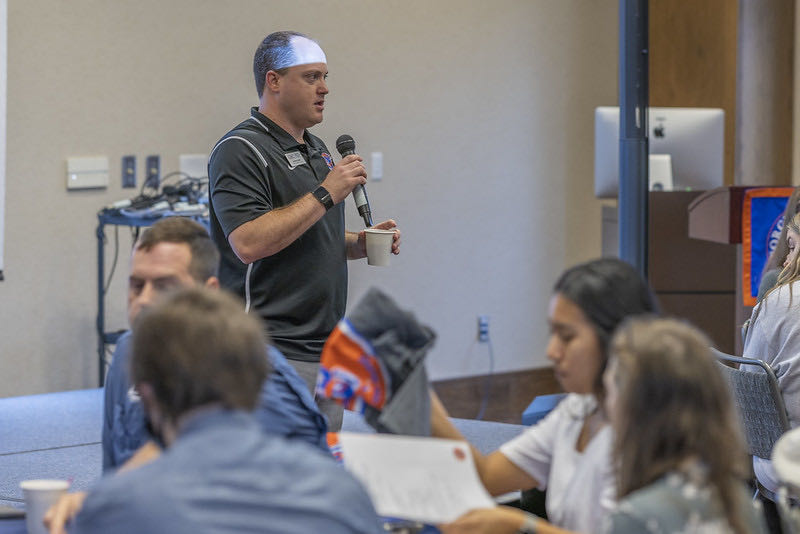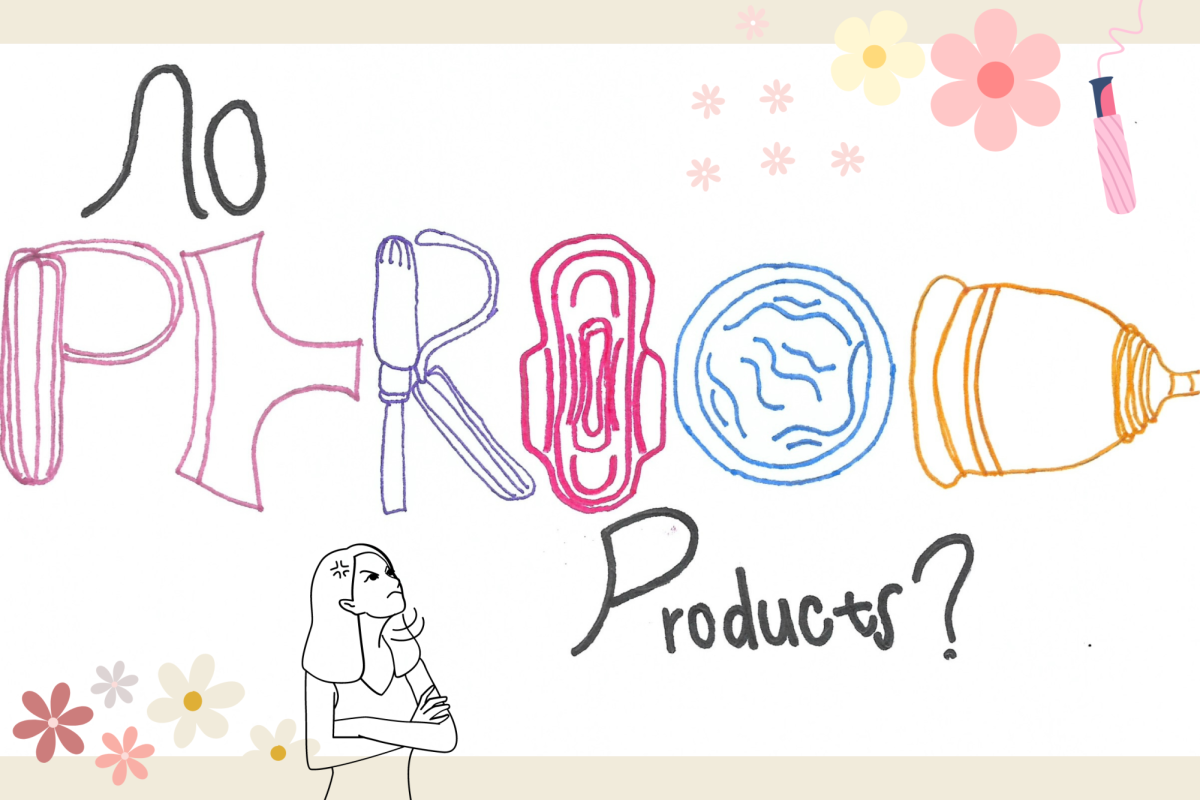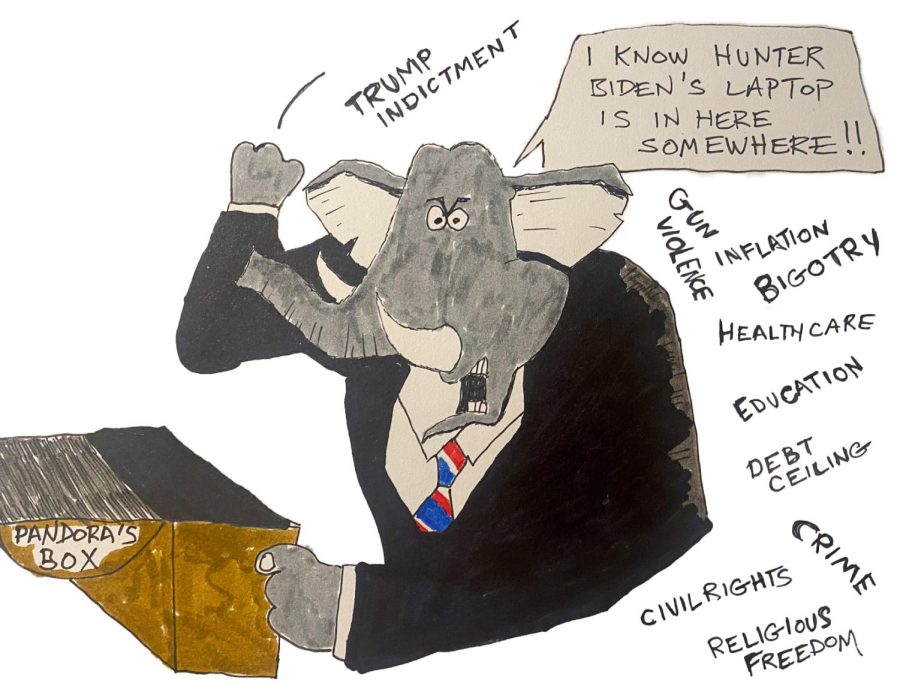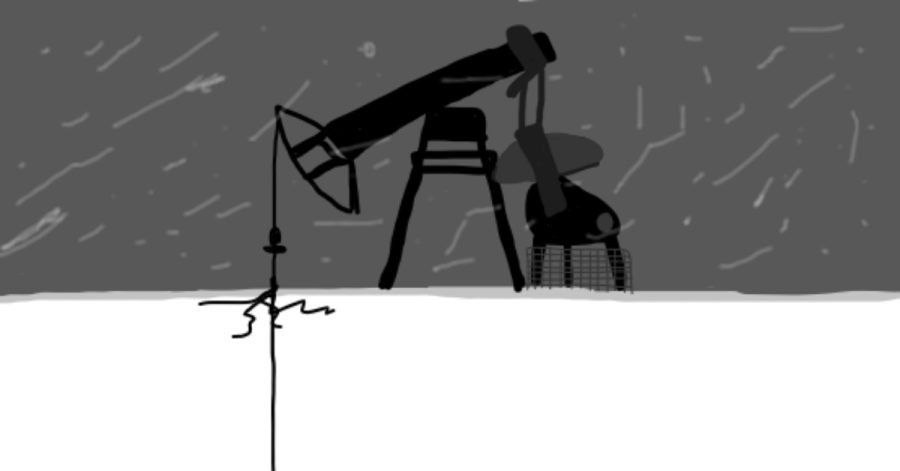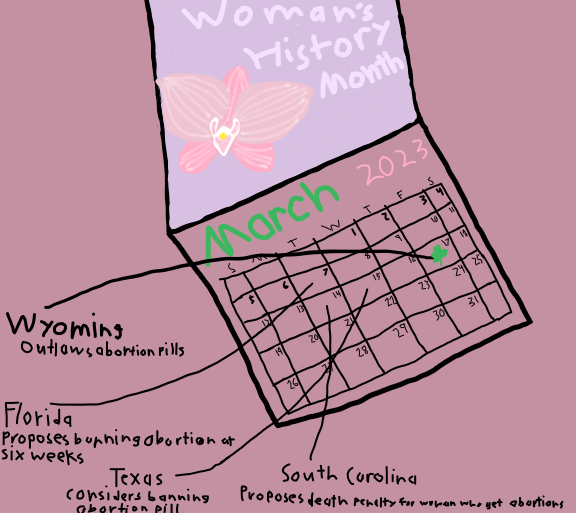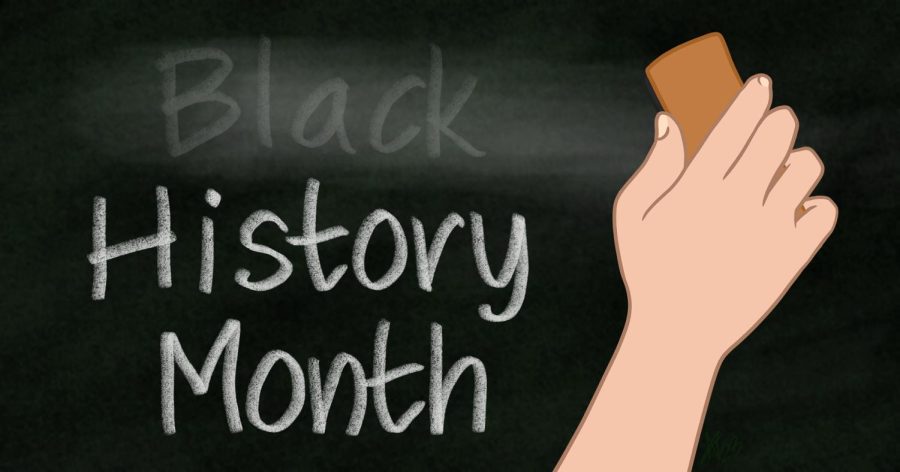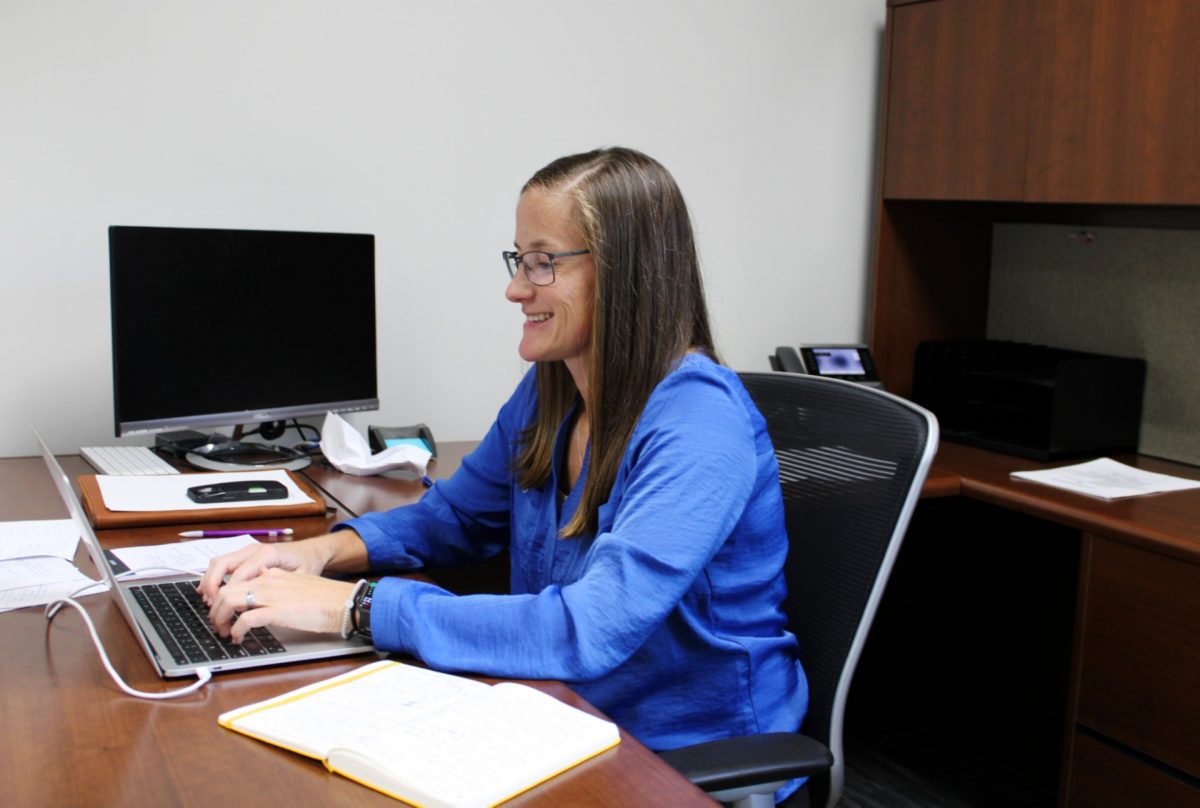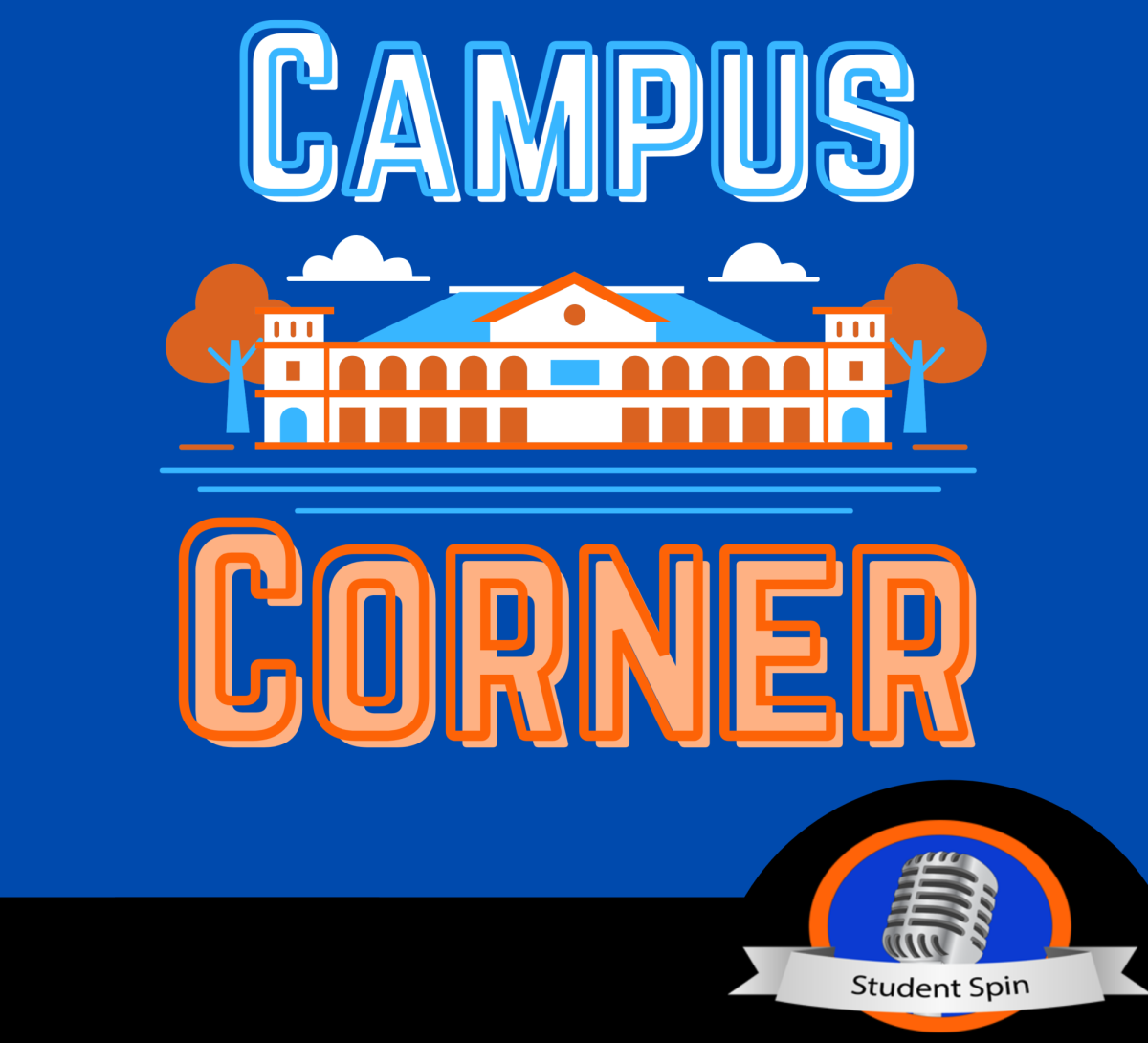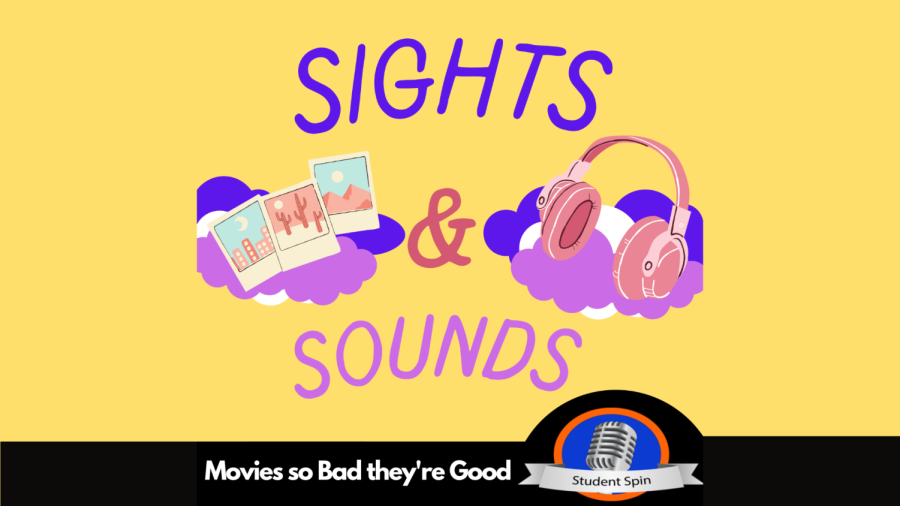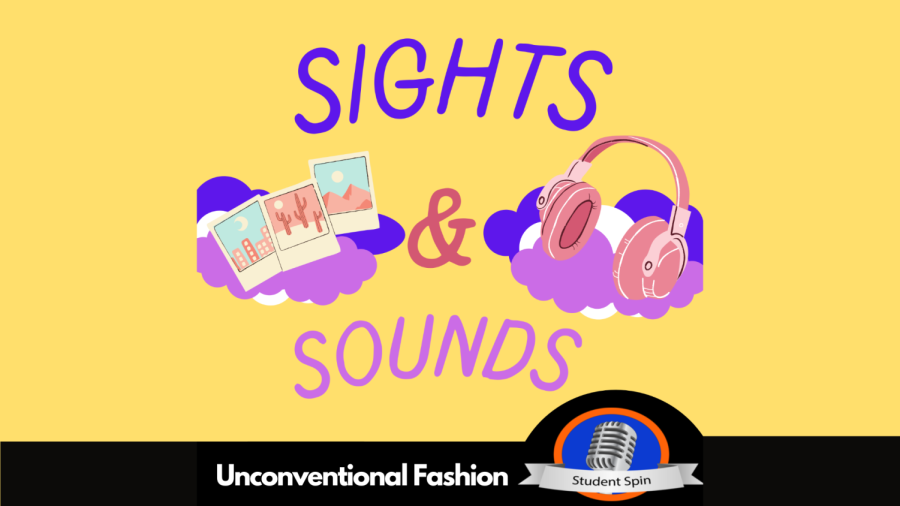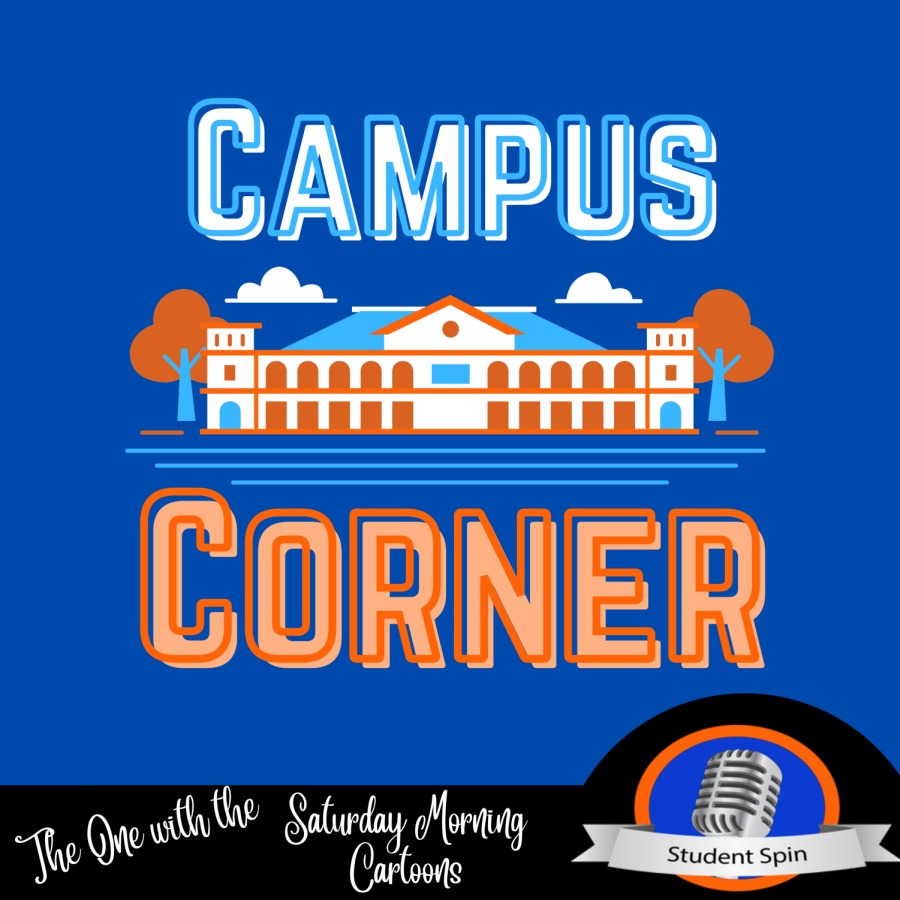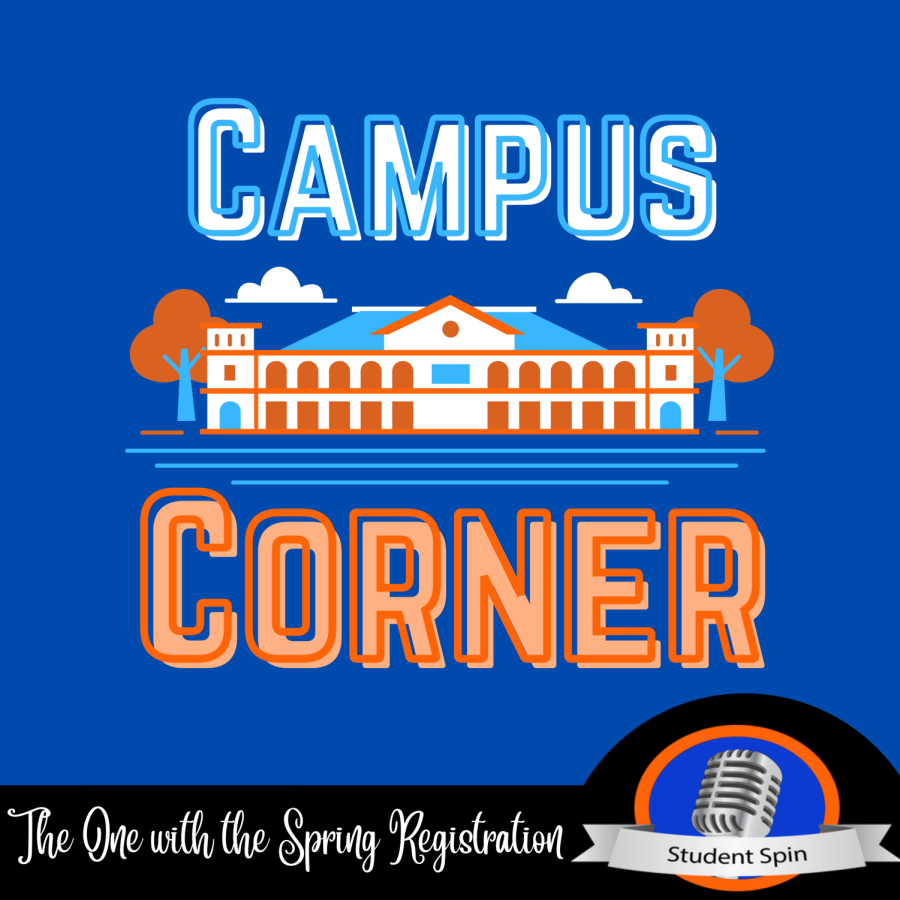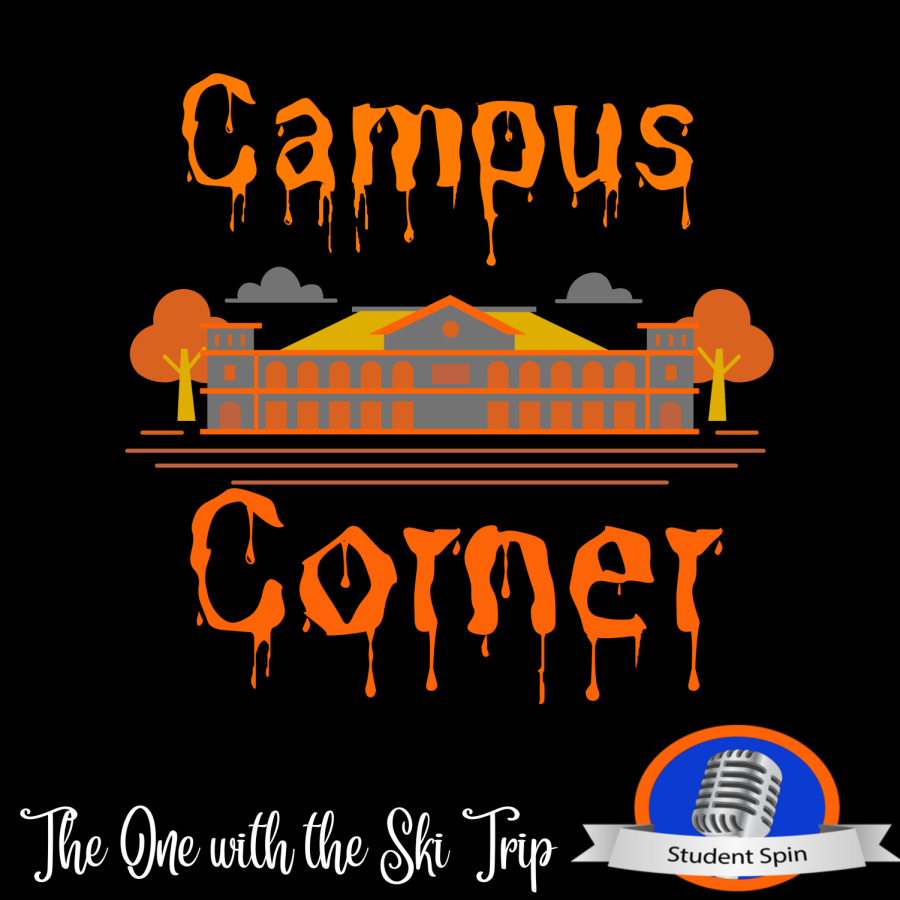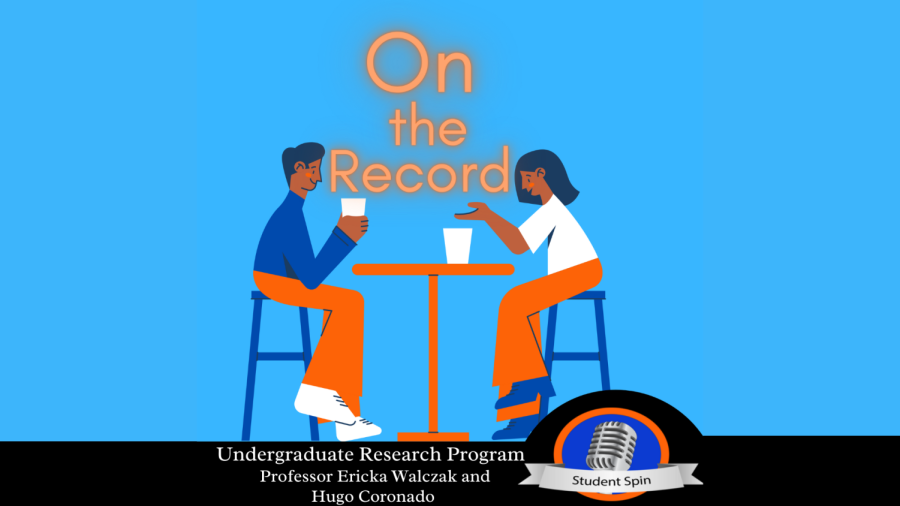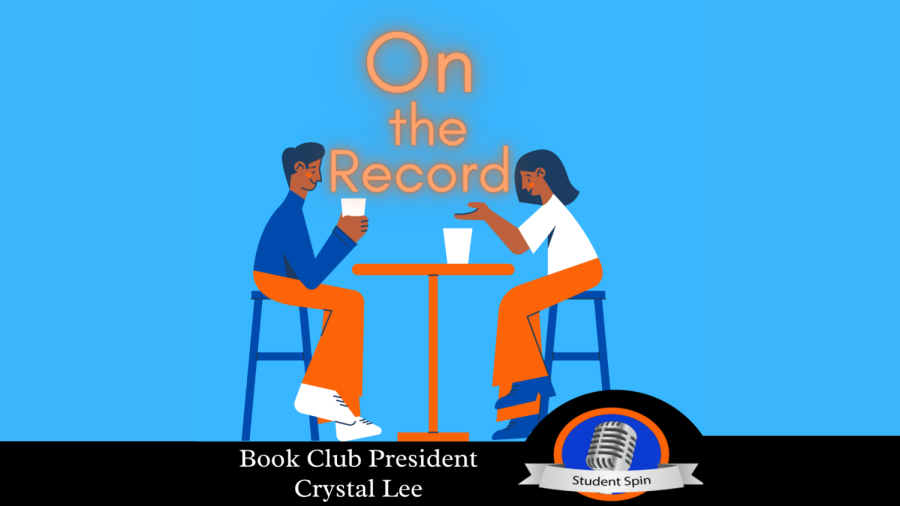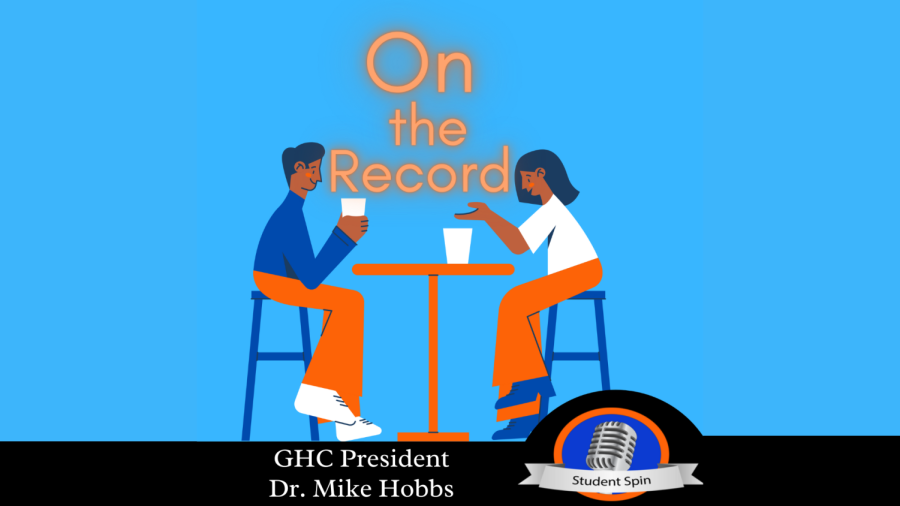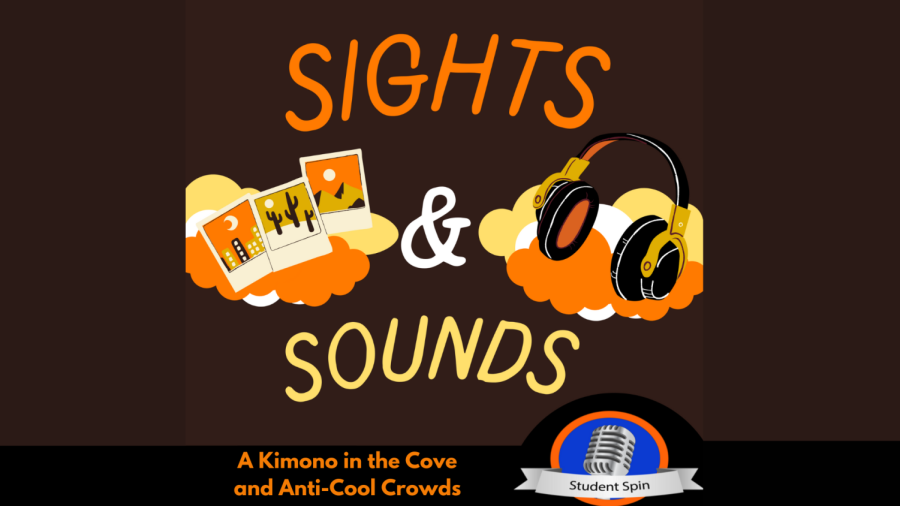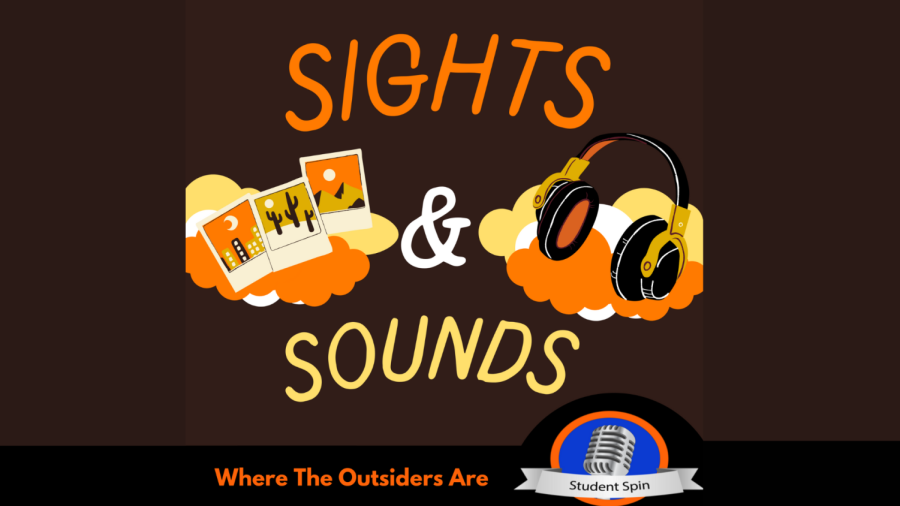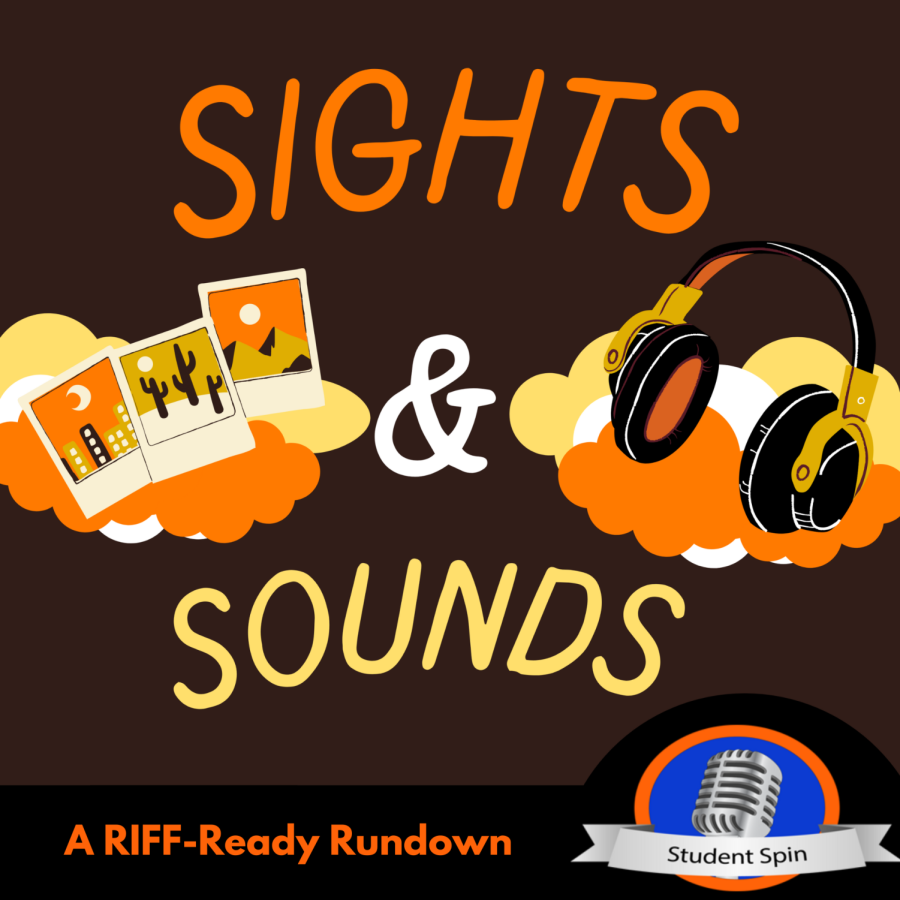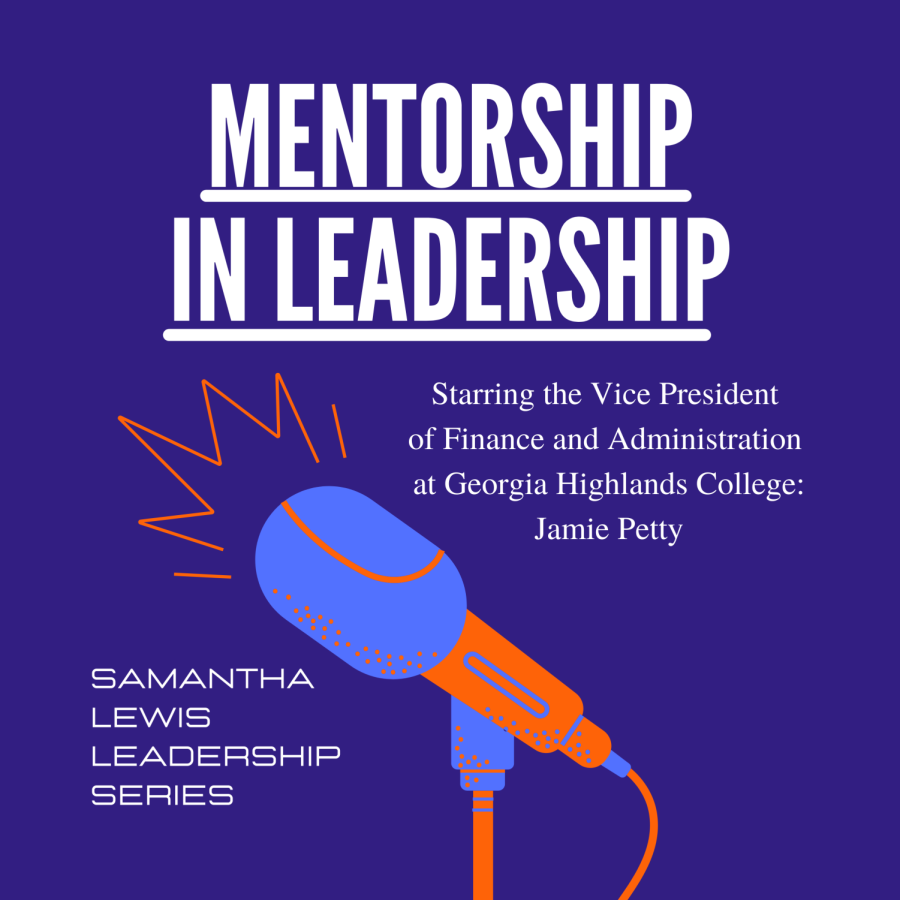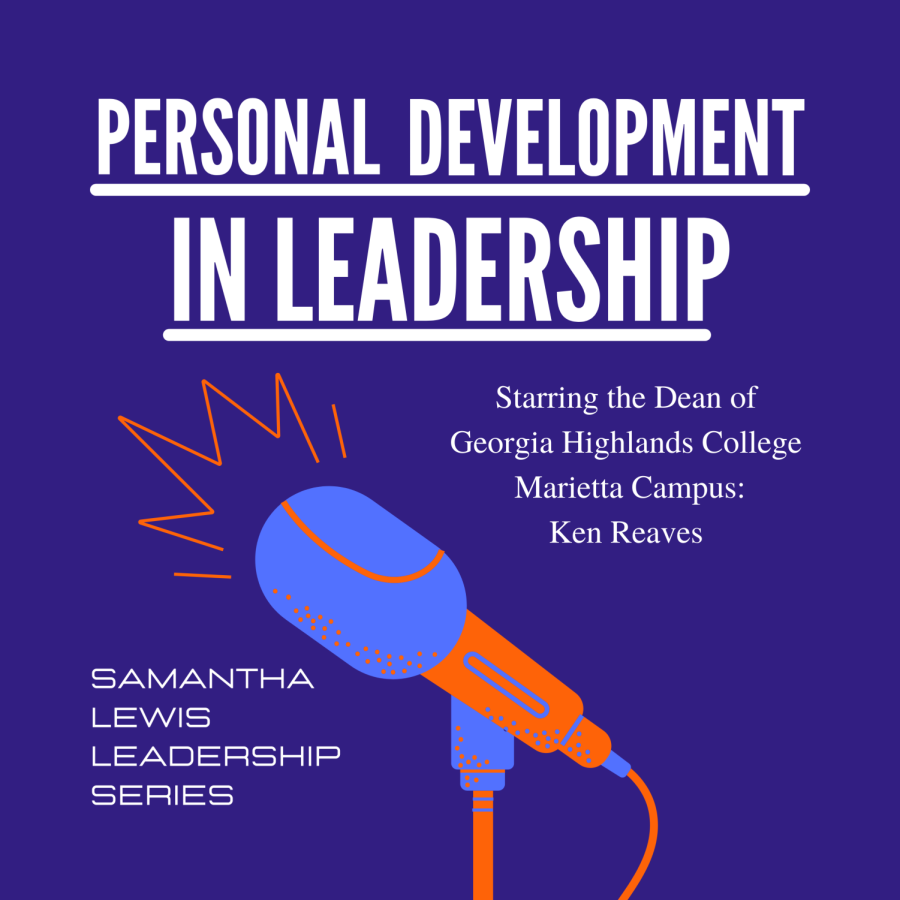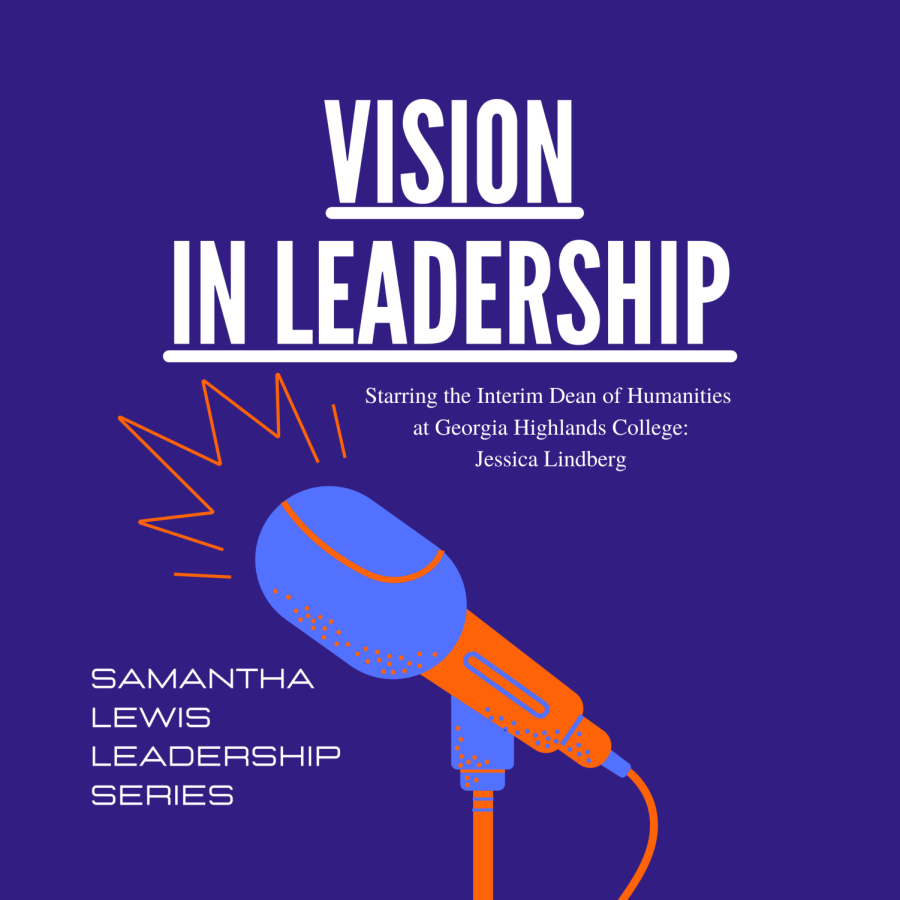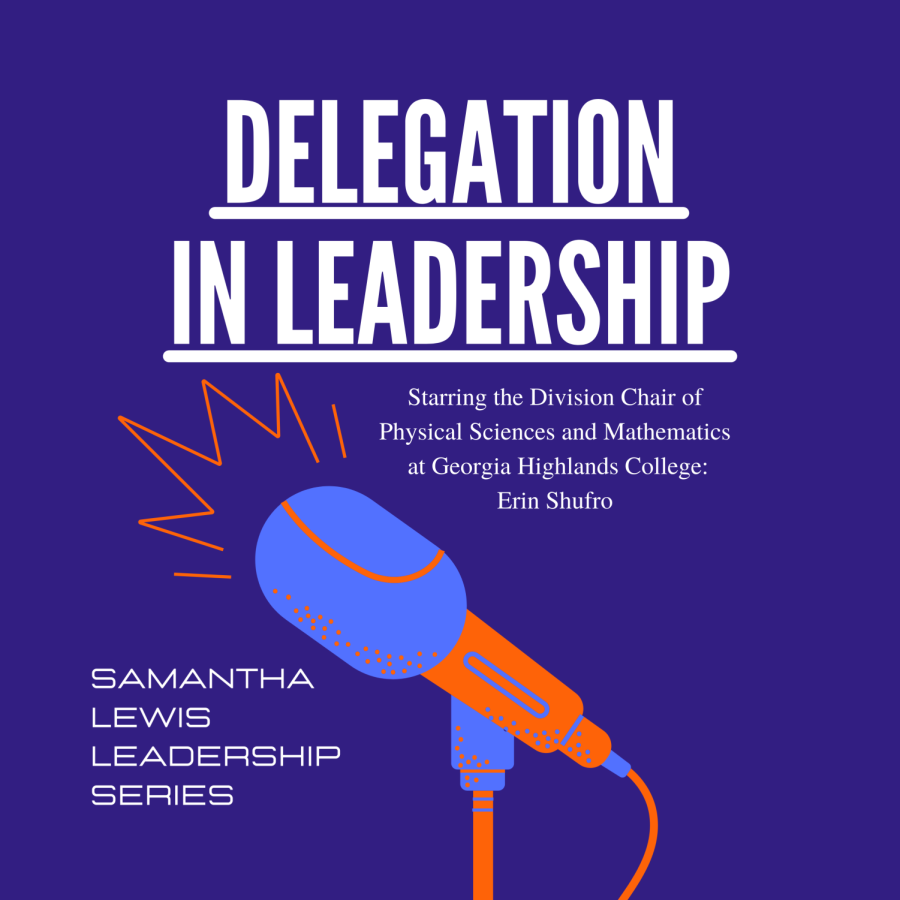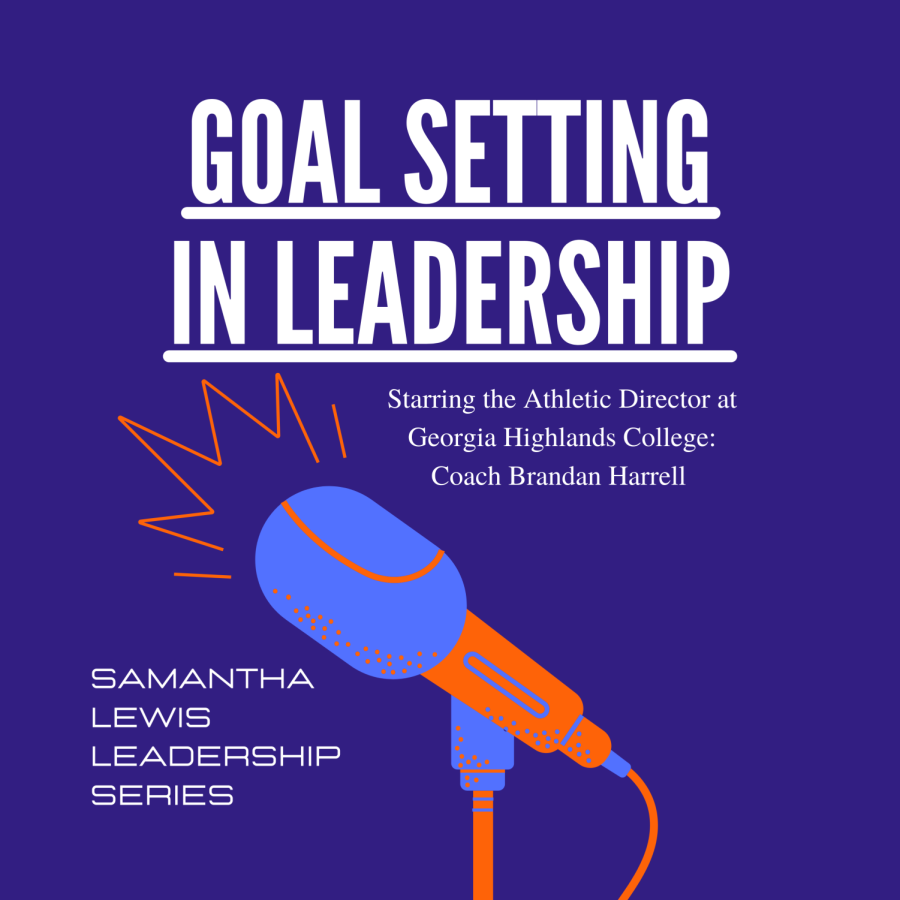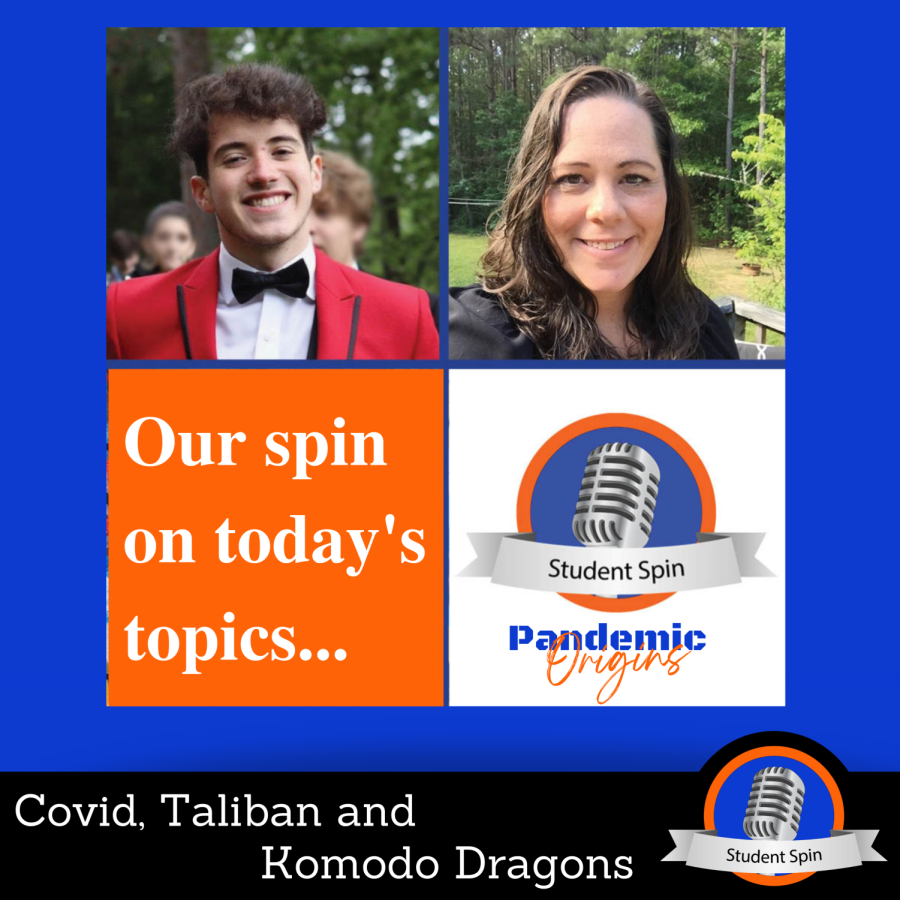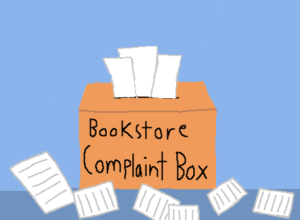The holidays are the most stressful time of the year

November 19, 2019
As soon as Halloween is over (and sometimes before), Christmas music begins its annual assault on our ears, brains and playlists. Among these classic holiday tunes is Andy Williams’ “It’s the Most Wonderful Time of the Year.” But is it really?
“The holidays are filled with both joy and stress,” according to Ellen Braaten, PhD, an associate professor of psychology at Harvard Medical School.
Although we love spending time with our family and friends, the added obligations of the holiday season have a dramatic impact on our stress levels. “The most wonderful time of the year” can often be filled with anxiety.
A big part of this stress comes from our expectations around the holiday season. Starting in November, we are fed a constant stream of cheerful Christmas songs, feel-good Hallmark movies and marketing campaigns that rely on the American Dream to sell their holiday products.
While there’s nothing inherently wrong with feel- good Christmas media, it creates pressure to make our own holiday celebrations as perfect as those we see in the movies — never mind our real-life problems, like tight budgets, messy family dynamics and work and school responsibilities. According to Healthline, even children are affected by this need to celebrate the holidays “the right way.”
For College students, this pressure is combined with typical end-of-the-semester stress. Students go straight from cramming for finals to juggling their holiday obligations. There is no time for rest or recovery. Students go straight from one period of high stress to another.
It’s no wonder young people are at a higher risk for conditions like Seasonal Affective Disorder, a type of depression that typically starts in late fall to early winter and disappears or improves during the spring and summer. According to the National Institute of Mental Health, younger adults have a higher risk than older adults. SAD has even been diagnosed in children and teens.
People suffering from SAD may experience symptoms like feeling depressed and hopeless, having low energy, feeling sluggish or agitated and having difficulty concentrating. These symptoms not only make someone a real drag at holiday parties — they can have a huge negative impact on grades, job performance and social life.
Although most people suffering under holiday stress do not have SAD, stress can still prevent us from truly enjoying the celebrations around us. We become so caught up in finding the perfect gift, at- tending countless parties and dinners and making everything perfect that we quickly become over- whelmed. Before we know it, we find ourselves transformed into Scrooges who can’t wait for the holiday season to be over. We just want to get back to business as usual.
To cure ourselves of the bah humbugs, it’s important that we remember to give ourselves a special holiday gift — the gift of self care.
We need to be able to recognize when we are trying to do too much, and be okay with turning down invitations to events we don’t really want to attend. As college students, the holiday season is our only break between the fall and spring semesters, and it’s important to take this time to give ourselves and our brains a break.
Scheduling a set amount of time each week for rest and relaxation can help prevent holiday stress from becoming too much. We can make plans to stay in and take care of ourselves. If someone invites us to a holiday activity that day, we politely tell them we already have plans — because we do. We have plans with ourselves.
The holiday season is one of the most stressful times of the year, but it doesn’t have to be. If we make time for ourselves and consciously manage our stress levels, we can enjoy the festivities without wearing ourselves out and come back to school rested and ready for success in the spring.





